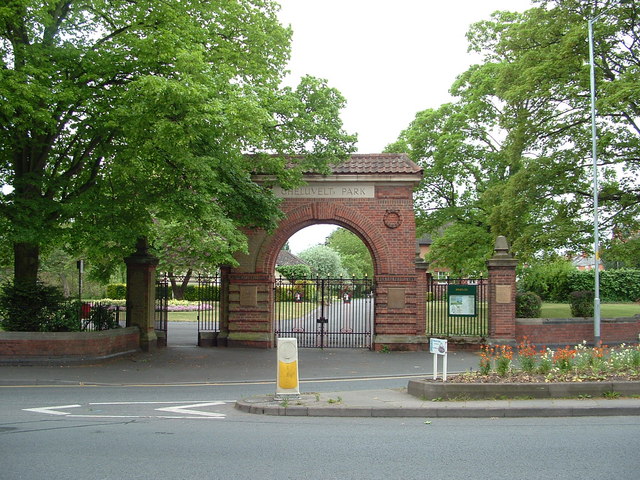Gheluvelt Park, a sprawling green space nestled on the banks of the River Severn in Worcester, has a history far richer than just a pleasant place for recreation. Its story is interwoven with battlefield drama, industrial expansion, and the evolving needs of a growing city.
Early Origins – A Battlefield (1643)
The park’s origins are inextricably linked to the Battle of Gheluvelt, fought on August 22nd, 1643. This pivotal clash during the English Civil War pitted Royalist forces under Sir Thomas Pride against Parliamentarian troops commanded by Lord Brograve. The battle was a decisive victory for the Parliamentarians, primarily due to the effectiveness of the New Model Army’s disciplined volley fire. The name “Gheluvelt” derives from the name of the farm – Ghelu – that was located where the battle took place.
The terrain, a mixture of boggy ground and a slight rise, played a crucial role. The Parliamentarians, utilizing their superior tactics, inflicted heavy casualties on the Royalists. The field was subsequently used as a makeshift burial ground for the fallen soldiers, adding a somber layer to the landscape. A monument, erected in 1893, marks the location of the battle, commemorating the men who died in the conflict.
Industrial Expansion and the Rise of a Park
Following the Civil War, the land gradually fell into agricultural use. However, the Victorian era witnessed a significant shift. The arrival of the Midland Railway in 1861 brought industrial growth to Worcester. The land, increasingly close to the expanding city, was purchased by the Worcester City Corporation in 1893 to create a public park. This transformation was driven by a growing need for recreational space within the city’s burgeoning industrial landscape. The park was formally opened in 1896.
Design and Features
The park’s design reflects its dual history. Alongside the battleground monument, there are Victorian-era features like the Victoria Fountain, a bandstand (later demolished), and extensive lawns and flowerbeds. The River Severn runs along the eastern boundary, offering scenic views and a popular spot for walking and boating. The park boasts a diverse range of mature trees, including oaks, beeches, and elms.
Later Developments & A Tragic Event
The 20th century brought further changes. The park continued to serve the community, hosting events and providing a space for leisure. However, 1979 saw a truly heartbreaking event: the drowning of 11-year-old schoolboy, Stuart Lawrence, in the river. This tragedy profoundly impacted the local community and led to improved river safety measures.
Modern Gheluvelt Park
Today, Gheluvelt Park remains a vital part of Worcester’s green infrastructure. It’s a popular destination for families, dog walkers, and those seeking a tranquil escape. The City Council continues to invest in its upkeep and development. The park has recently been subject to significant redevelopment associated with the construction of modern housing nearby.
Discover more from LandmarkLocation.com
Subscribe to get the latest posts sent to your email.

